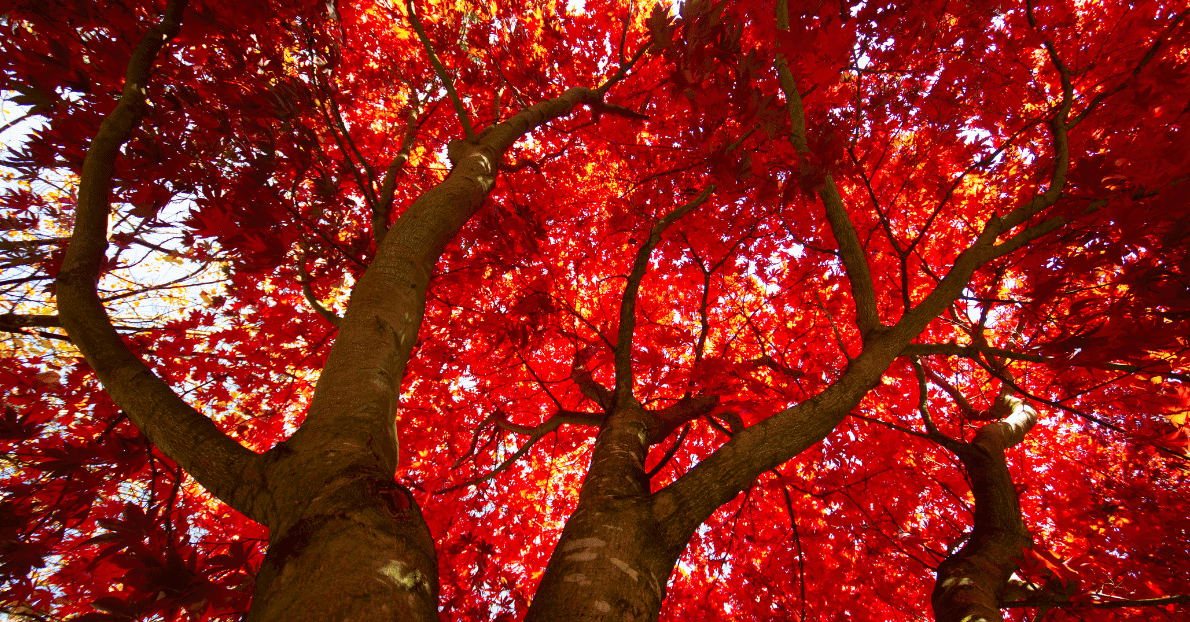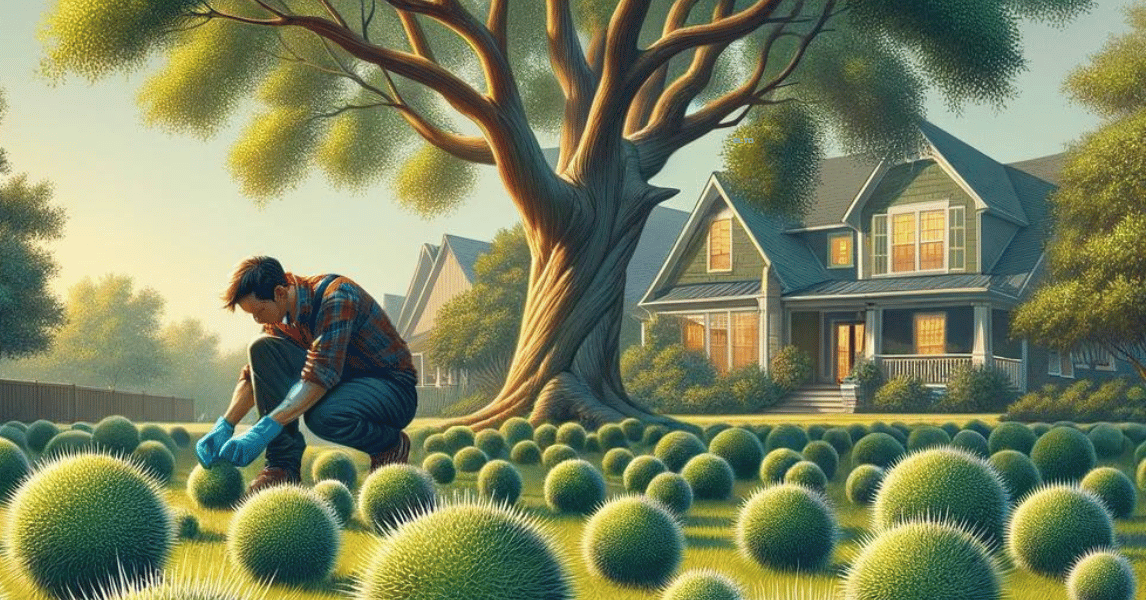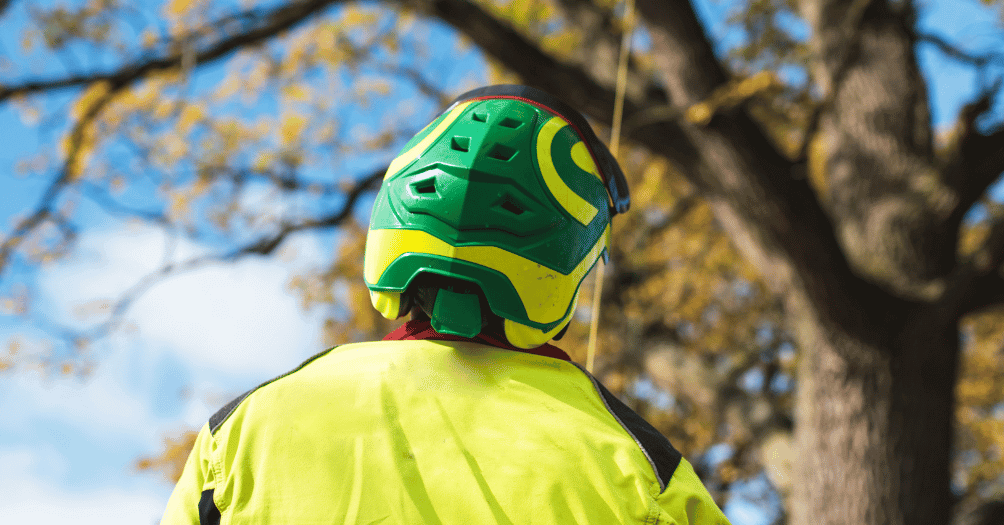At Strobert Tree Services, we take the health of Delaware's trees seriously. Trees are not just the lungs of our planet; they are also an integral part of our landscapes and communities. However, like all living organisms, trees are susceptible to diseases. Identifying and combatting these diseases is crucial to preserving the beauty and environmental benefits that trees provide. In this article, we'll delve into the top 10 tree diseases that affect Delaware's trees and explore how to recognize, manage, and prevent them. Join us as we journey to protect the natural treasures that adorn the First State.
1. Thousand Canker Disease
Caused by: Geosmithia morbida and Walnut Twig Beetle (Pityophthorus juglandis)
Thousand Canker Disease is a menace to black walnut trees. These tiny beetles carry a fungus that causes small cankers under the tree's bark. Over time, these cankers multiply and weaken the tree, eventually leading to its death.

2. Cedar Rusts
Caused by: Various Gymnosporangium rust fungi
Cedar Rusts are a group of fungal diseases that affect cedars and junipers. They cause rust-colored growths on the tree's needles and cones, eventually weakening the tree. Controlling the spread often involves removing the alternate host, such as apple trees.
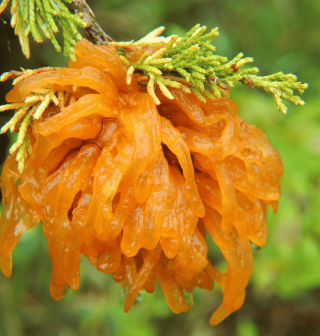
3. Diplodia Tip Blight
Caused by: Sphaeropsis sapinea
Diplodia Tip Blight is a common disease in pine trees. It causes the tips of branches to wither and die. The fungus enters through wounds or stressed areas on the tree. Proper pruning and tree care can help prevent the disease's spread.
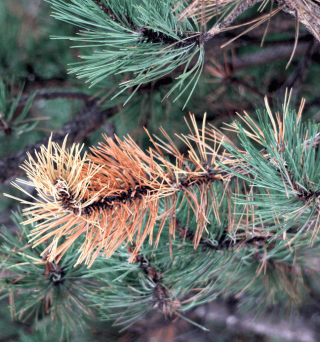
4. Dothistroma Needle Blight of Pines
Caused by: Dothistroma septosporum
This disease primarily affects pine trees, causing needles to turn red or brown. The fungus can defoliate entire branches, making the tree more susceptible to other problems. Proper thinning and pruning are vital to reduce the risk of infection.
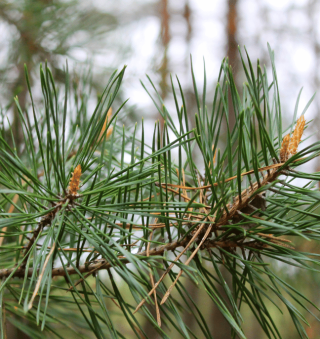
5. Anthracnose
Caused by: Various fungi, depending on the host tree species
Anthracnose is a collective term for diseases that cause leaf spots, blotches, or cankers. It affects various tree species, including maples, oaks, and dogwoods. Proper sanitation, including removing fallen leaves, can help control the spread.

6. Apple Scab
Caused by: Venturia inaequalis
While primarily affecting apple trees, Apple Scab can also affect ornamental trees like mountain ash. It causes dark, scaly lesions on leaves, fruit, and twigs. Fungicides and proper pruning are essential for management.

7. Lethal Yellow of Palm
Caused by: Phytoplasma
Lethal Yellow of Palm is a devastating disease that affects various palm species. It causes yellowing and fronds wilting, leading to the eventual death of the tree. Management often involves removing infected trees to prevent the disease's spread.

8. Oak Wilt
Caused by: Bretziella fagacearum
Oak Wilt affects oak trees, causing wilting, yellowing, and death. The disease spreads through root grafts or sap-feeding beetles. Prevention measures include avoiding pruning during the growing season and maintaining proper tree health.
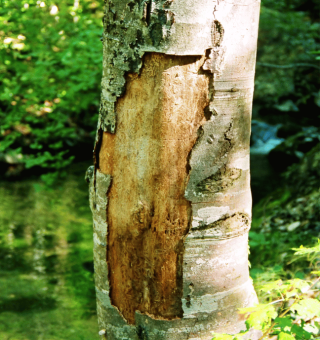
9. Powdery Mildew
Caused by: Various fungi, depending on the host tree species
Powdery Mildew is a common fungal disease affecting many trees, including oaks, dogwoods, and maples. It presents as a white, powdery substance on leaves. Proper tree care, including good air circulation, can help prevent infection.
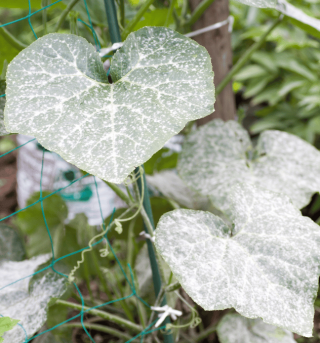
10. Photinia Leaf Spot
Caused by: Entomosporium mespili
Photinia Leaf Spot primarily affects photinia shrubs but can also impact other plants. It causes reddish-brown spots on leaves. Fungicides and regular pruning can help manage the disease.

Protecting Delaware's Trees From Disease
Delaware's lush landscapes are a testament to its natural beauty and ecological diversity. However, the threat of tree diseases is ever-present. Timely detection and appropriate action are vital in preserving the state's green treasures.
For comprehensive tree healthcare and expert guidance on preventing and managing tree diseases in Delaware, Pennsylvania, Maryland, and New Jersey, contact Strobert Tree Services. As leaders in the field, they offer invaluable support to protect and maintain your region's trees, ensuring their health and vitality for generations to come.




